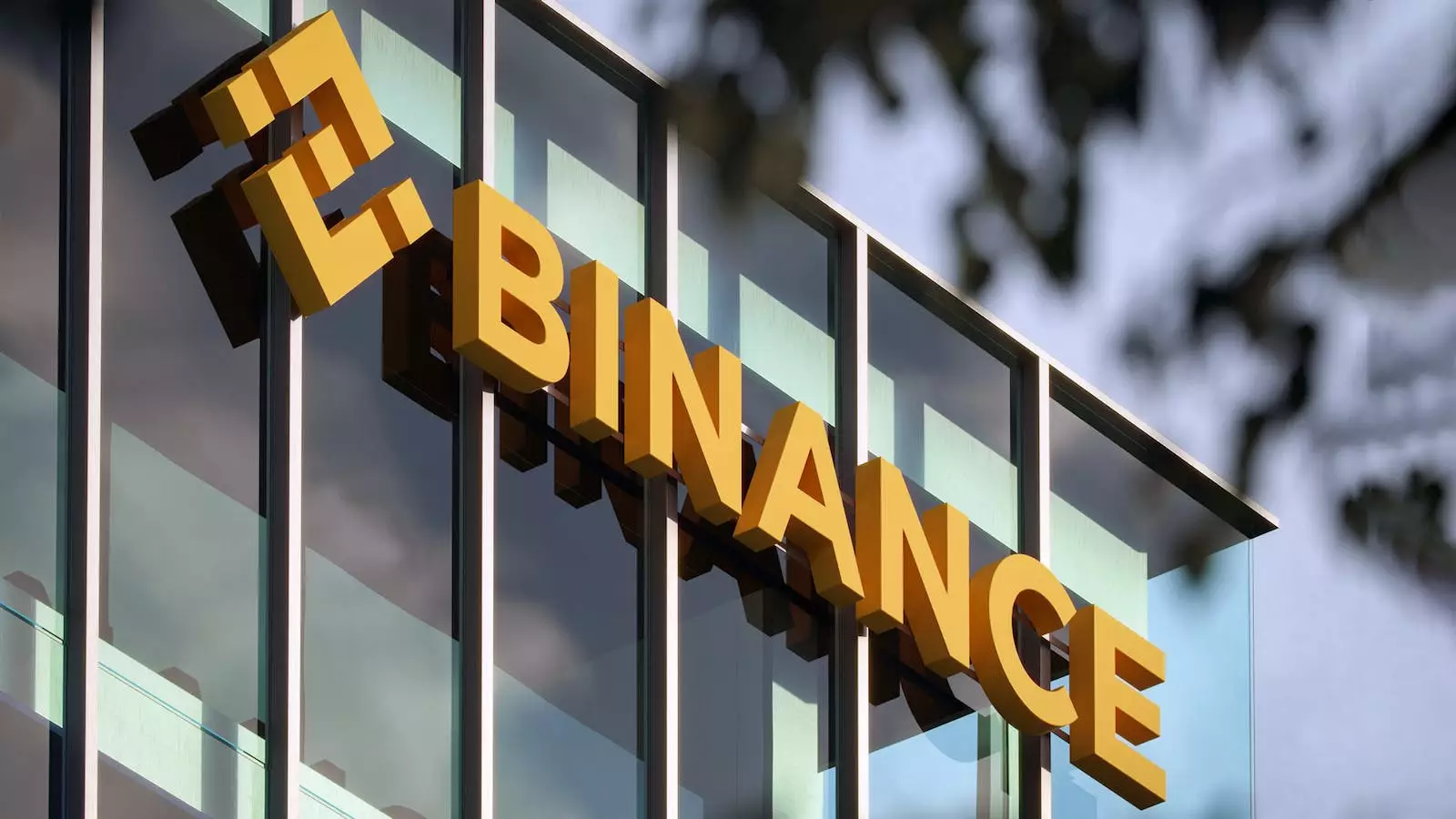Binance, one of the largest cryptocurrency exchanges, recently made an announcement stating its decision to halt 39 liquidity mining pools due to their failure to pass the platform’s latest assessment. These pools will cease operation on September 1, 2023, as a result of their underperforming liquidity mining performance. Binance Liquid Swap periodically reviews listed liquidity pools to ensure an optimized trading experience for users. Following the recent review, the 39 liquidity pools listed below are expected to be discontinued:
– ADA/BNB
– ALICE/BTC
– APE/BTC
– AVA/USDT
– AVAX/BNB
– BTC/TUSD
– CHZ/BNB
– CHZ/BTC
– CTSI/BNB
– DOT/BUSD
– ENJ/USDT
– FIL/BNB
– FRONT/BUSD
– GALA/BNB
– ICP/BNB
– ID/BTC
– KDA/USDT
– LIT/USDT
– MATIC/BNB
– NEO/BNB
– PAXG/USDT
– PEPE/USDT
– SANTOS/USDT
– SUSHI/BNB
– SUSHI/BTC
– SXP/BNB
– SXP/BTC
– THETA/BNB
– THETA/BTC
– TKO/USDT
– TLM/USDT
– TRX/BNB
– TRX/ETH
– WBTC/ETH
– XMR/ETH
– XMR/USDT
– XVS/BTC
– XVS/USDT
– ZEN/USDT
While users will no longer be able to add liquidity to these pools, the existing liquidity will remain accessible to ensure a seamless trading experience. Users can still redeem and withdraw their assets from these pools before the closing date.
Despite the closure of these liquidity pools, users can still trade on other available liquidity pools on Binance Liquid Swap. However, this is not the first time Binance has eliminated liquidity pools. On August 9, 2023, the exchange also discontinued approximately 38 liquidity pools.
The closure of liquidity pools is not the only challenge currently faced by Binance. The exchange is under intense regulatory scrutiny, which is impacting its operations. Visa and Mastercard have decided to sever ties with Binance due to the regulatory actions taken by the US Securities and Exchange Commission (SEC). The exchange has faced allegations of operating under an unregistered business and misleading investors about its risks.
The US Commodity Futures Trading Commission (CFTC) has also brought multiple charges against Binance, accusing the exchange of “willful evasion” of US law. Furthermore, the US Department of Justice is reportedly investigating the exchange for fraudulent activities.
In addition to regulatory pressures, Binance announced that its Binance Card will no longer be available to users in Latin America and the Middle East. This decision comes as a blow to customers in these regions who relied on the convenience of the Binance Card for their crypto transactions.
Despite these challenges, the price of Binance Coin (BNB) remains relatively stable, with support above $215. This indicates that investors still have confidence in the exchange’s ability to navigate through the regulatory landscape and maintain its market standing.
The closure of 39 liquidity mining pools on Binance raises questions about the platform’s performance and the need for periodic reviews to optimize trading experiences. The ongoing regulatory pressures faced by the exchange, including actions by the SEC and CFTC, add further complexities to Binance’s operations. The discontinuation of the Binance Card in Latin America and the Middle East also reflects the impact of regulatory scrutiny on customer services. Nonetheless, Binance continues to operate and trade, demonstrating resilience in the face of these challenges. As the cryptocurrency landscape evolves and regulations become more stringent, exchanges like Binance will need to adapt and navigate the shifting regulatory environment effectively.


Leave a Reply